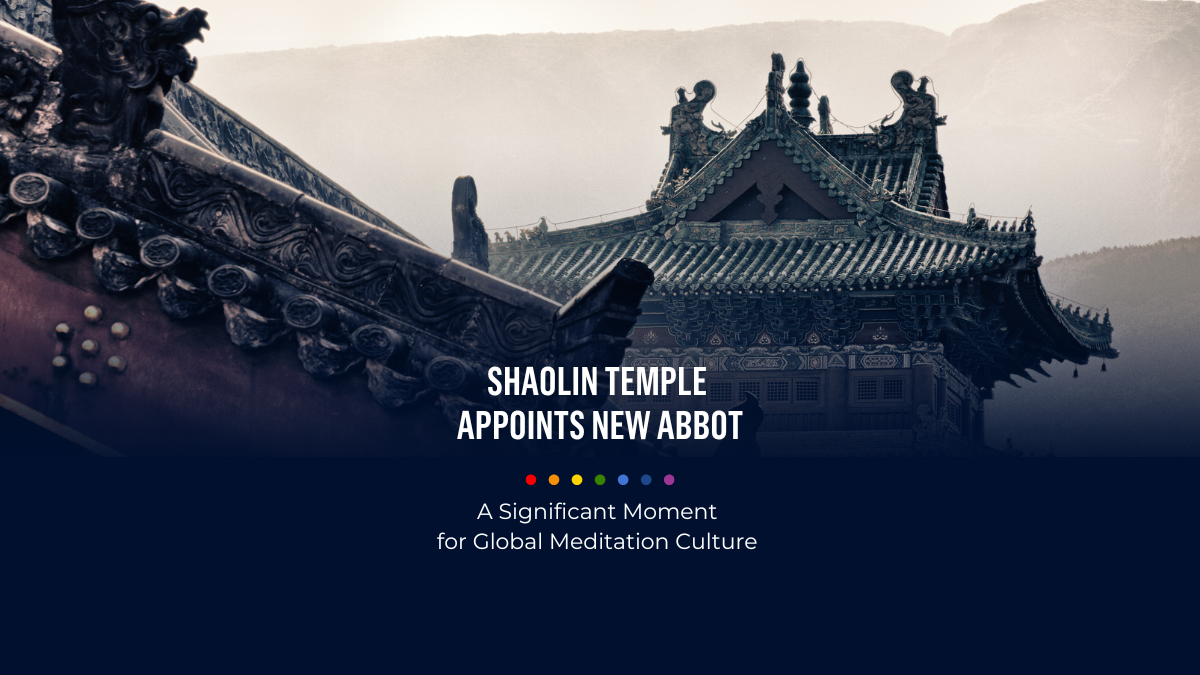
The world-famous Shaolin Temple in China has recently appointed a new abbot following the removal of his predecessor. This leadership change holds important significance—not only within the temple’s historic walls but also across meditation communities worldwide.
Meditation Traditions at a Crossroads
Shaolin Temple is renowned not just for its martial arts heritage but also as a cradle of ancient meditation practices. The appointment of a new abbot signals a potential evolution in how these traditions are maintained, taught, and adapted to the modern world.
According to a report by the South China Morning Post, White Horse Temple’s Shi Yinle has been appointed as the new abbot following the removal of Shi Yongxin, who is under investigation for misconduct.
Leadership transitions at such a pivotal institution often reflect wider shifts in the meditation landscape—balancing respect for centuries-old wisdom with the needs of today’s practitioners. As interest in meditation continues to grow globally, the direction Shaolin takes under new leadership will influence both cultural preservation and innovation.
This change offers a window into how ancient meditation traditions remain living practices—rooted in history yet responsive to contemporary challenges.
Learn more from the original South China Morning Post article:
China’s famous Shaolin Temple gets new abbot after predecessor removed